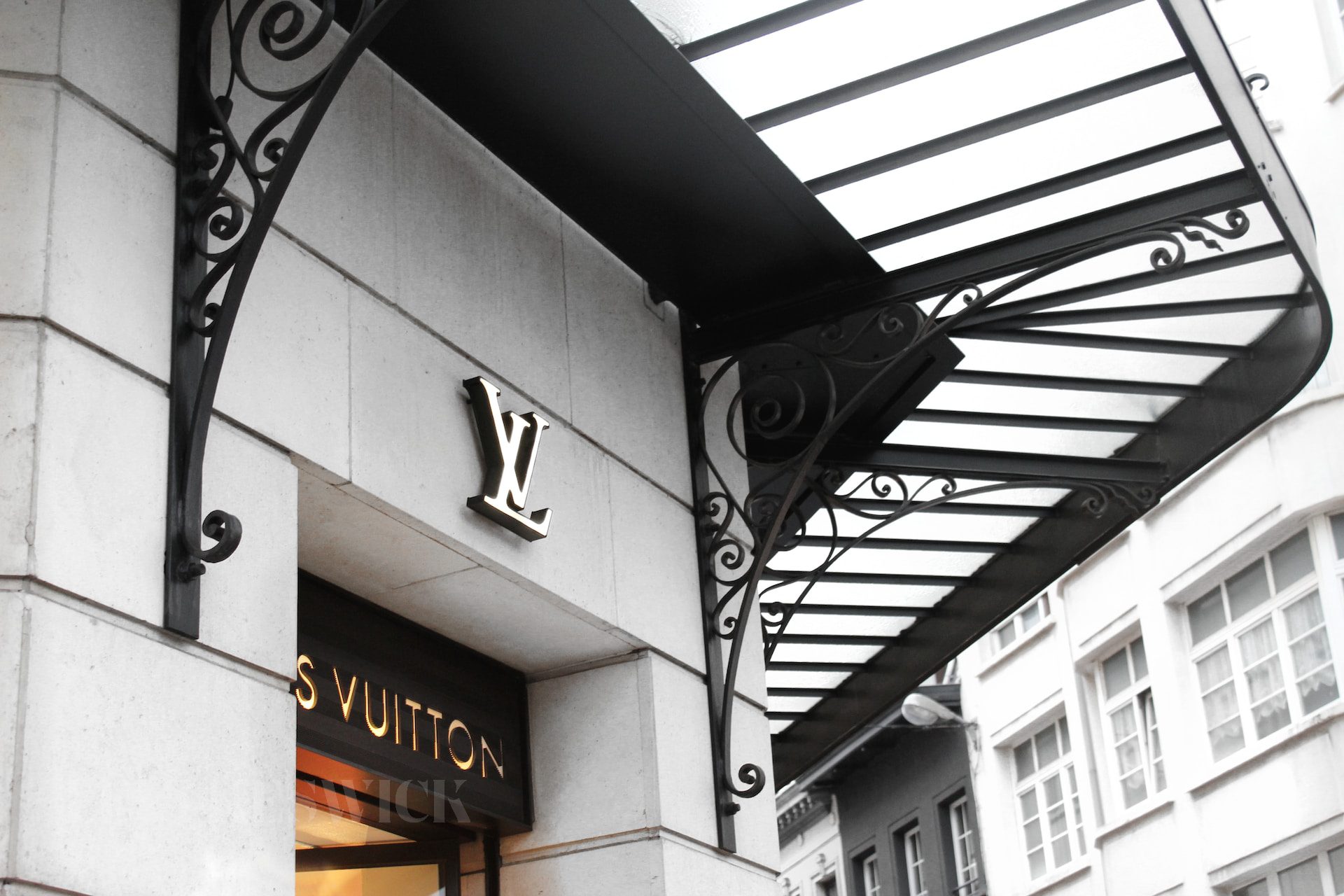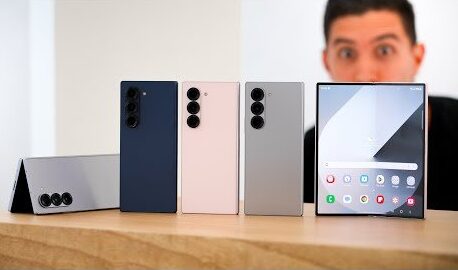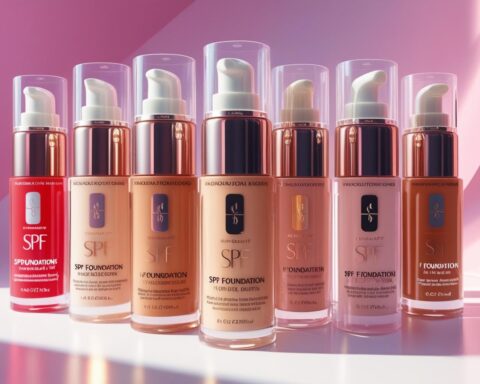Key Takeaways:
- Gucci and Louis Vuitton, both stalwarts in the world of luxury fashion, are often compared due to their similar origins and high-end brand positioning.
- Despite similarities, their brand philosophies, marketing strategies, and pricing policies significantly differ, thereby affecting consumer perceptions and preferences.
- Unique collaborations and occasional discounts make Gucci more accessible to a wider audience, reflecting a more adventurous marketing approach.
- Louis Vuitton’s careful image cultivation and refusal to discount its products lend the brand an air of exclusivity and unshakeable status.
- An incident involving luxurious art supplies sheds light on each brand’s approach to attracting new customers and expanding their market presence.
From Luggage to Luxury: The Rise of Gucci and Louis Vuitton
Delving into the origins of both Gucci and Louis Vuitton, we find similar humble beginnings. Both started out with a focus on high-quality luggage – Louis Vuitton in 1854, and Gucci in 1920 – eventually expanding into broader fashion categories. Today, their monograms are ubiquitous symbols of luxury, spotted on a wide variety of products ranging from clothes and footwear to accessories and jewelry.
A Tale of Two Philosophies
Louis Vuitton and Gucci, though hailing from similar roots, have evolved into brands with starkly differing philosophies. Gucci’s approach towards being more adventurous with collaborations and seasonal discounts has made it more approachable. On the other hand, Louis Vuitton’s no-discount policy has perpetuated an air of exclusivity, solidifying its reputation as a coveted luxury symbol.
Marketing Strategies and Target Audience Engagement
While both brands retain a timeless aesthetic in their collections, Gucci’s bolder and edgier designs along with collaborations set it apart. Its vibrant marketing campaigns are inclusive, engaging, and controversial at times, aiming to connect with a diverse audience.
Louis Vuitton, on the other hand, champions its heritage, craftsmanship, and exclusivity. Through its more conservative marketing approach, Louis Vuitton aspires to sell not just products, but also symbols of luxury and sophistication.
The Pricing Paradigm: Which is Better, Gucci or Louis Vuitton?
In the world of luxury fashion, the terms ‘better’ and ‘expensive’ are often interchangeable. Although Gucci and Louis Vuitton’s products command high price tags, their approach to pricing is markedly different. Gucci’s periodic discounts offer customers the chance to acquire luxury at a somewhat reduced price, whereas Louis Vuitton’s no-sale policy reaffirms its commitment to maintaining its high-end allure.
The Art Supply Controversy: An Uncommon Playground
In a surprise move, both Gucci and Louis Vuitton released art supplies, specifically luxurious sets of color pencils with prices ranging between $800 and $1,200. While the move attracted substantial attention, the quality of the pencils fell under scrutiny, sparking a wave of criticism. This intriguing incident showed that even in their attempts to attract new customers and explore novel markets, Gucci and Louis Vuitton continue to provoke debate and controversy.
Conclusion: Choosing Between Giants
When deciding which is better – Gucci or Louis Vuitton – one must consider their own preferences, lifestyle, and budget. Gucci, with its daring designs, surprising collaborations, and occasional discounts, offers a more eclectic and accessible version of luxury. Conversely, Louis Vuitton, with its uncompromising quality and exclusivity, represents an investment in timeless elegance and status. Ultimately, the choice between these titans of fashion boils down to personal style, ideology, and what one values in a luxury brand.








